Fix: ‘Cannot Access the Network Drive’ Error in Windows
Windows displays the ‘Cannot access network drive’ error when the users attempt to access a shared network resource, such as a shared network drive. The error code further states, ‘ The user has not been granted the requested logon type at this computer’.
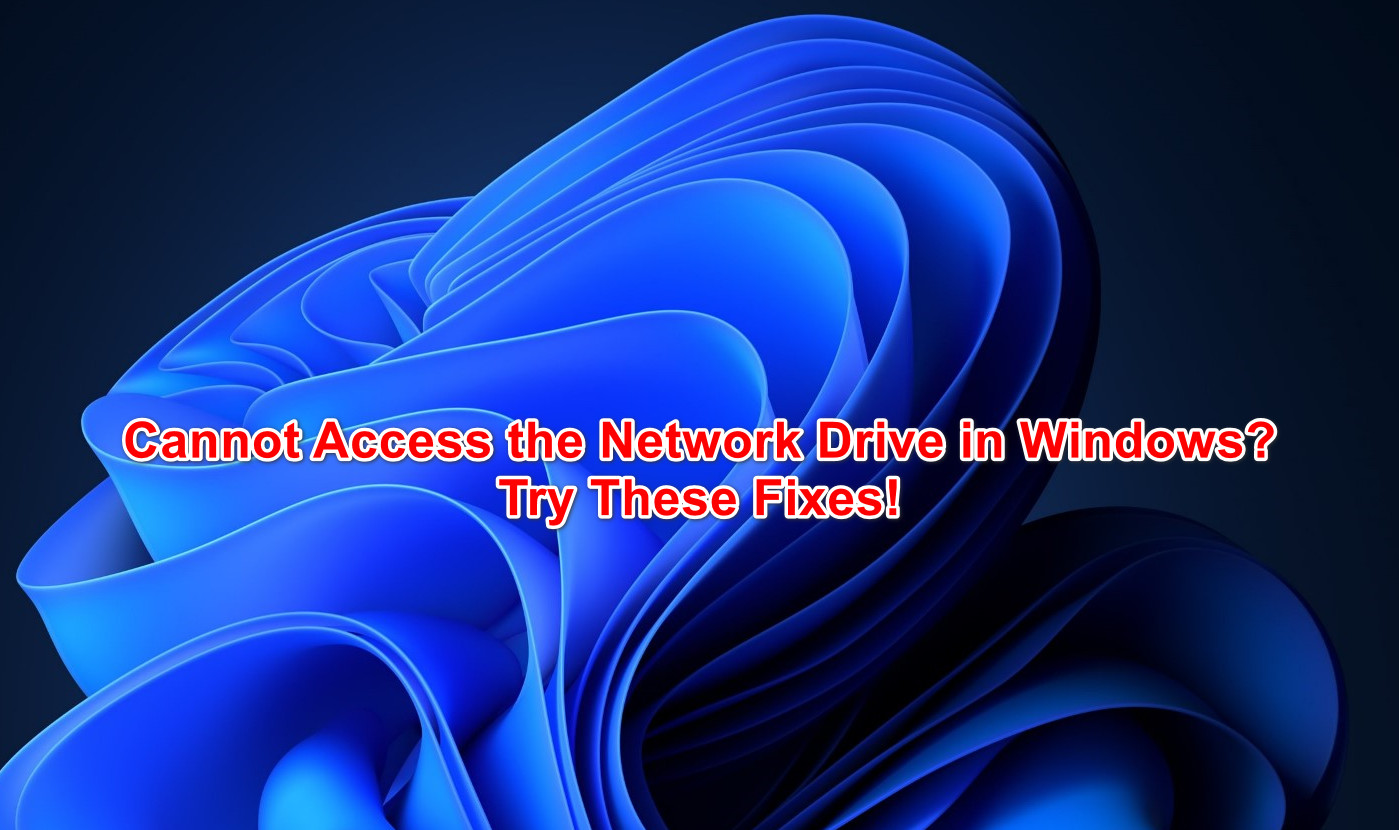
We had a look into the issue and discovered that it can occur due to the following reasons:
- Insufficient permissions – you most likely do not have enough permissions to share the targeted file or folder. You can ask your administrator to provide these permissions using a standard user account. You can also manually change the settings using the steps described below.
- Network discovery is disabled – the network drive might not be accessible because the system cannot discover the private network. You can simply enable Network discovery to resolve the issue.
- Relevant service is disabled – the relevant services are disabled or simply not working properly, leading to the issue. In this case, you can try restarting the services to fix the problem.
- A third-party security program is interrupting – a third-party security program might be blocking the network drive because of a false alarm. You can temporarily disable the program and check if it makes any difference.
Now that you know what might result in the error let’s jump to the troubleshooting methods that will help resolve the issue in no time.
1. Allow Sufficient Permissions
Since the most common reason behind the issue is user accounts not having sufficient permissions to share the targeted file, we first recommend modifying the sharing permissions of the file/folder.
However, for this method, you will need administrative access to the system, so make sure that you sign into your administrator account if you are currently using a standard user account.
Once done, here is all that you need to do:
- Access the folder location of the targeted folder and right-click on it.
- Choose Properties from the context menu.
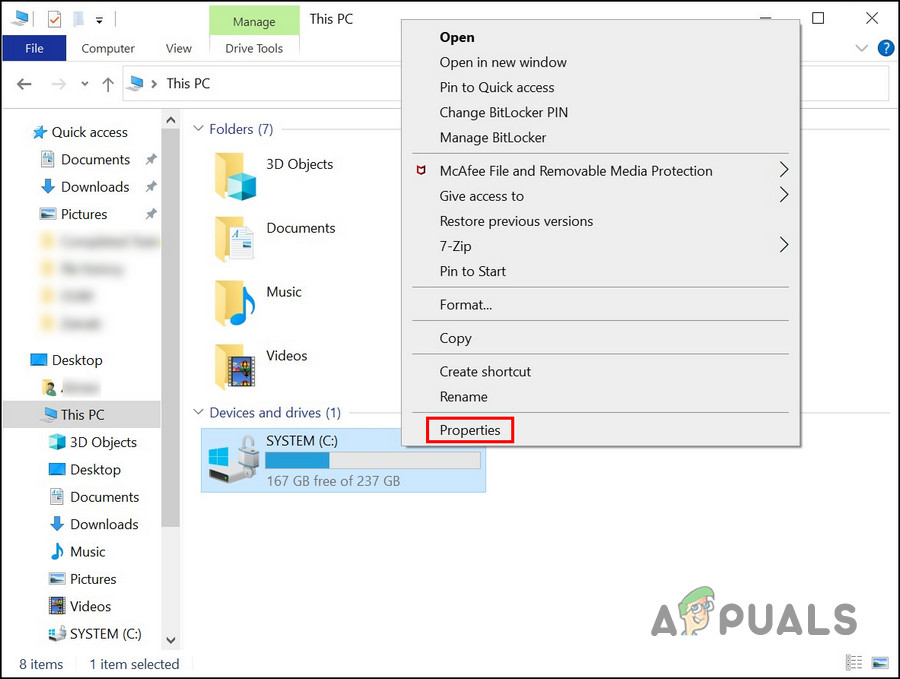
Access the Properties of the drive - In the Properties dialog, head over to the Sharing tab and click on the Advanced Sharing button.
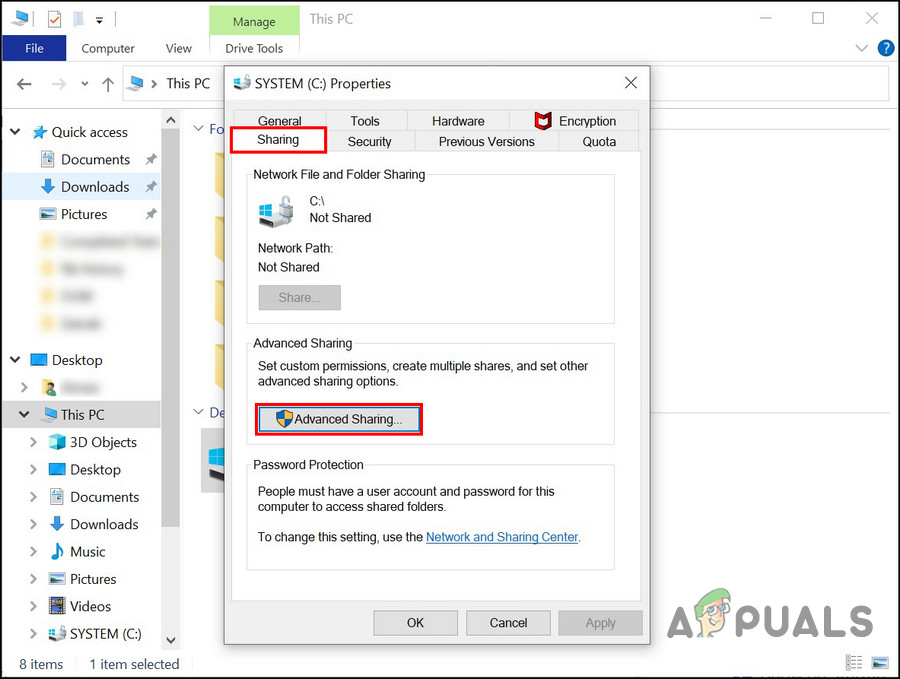
Click on the Advanced sharing button - Checkmark the box for Share this folder, and in the same dialog, click on the Permissions button at the bottom.
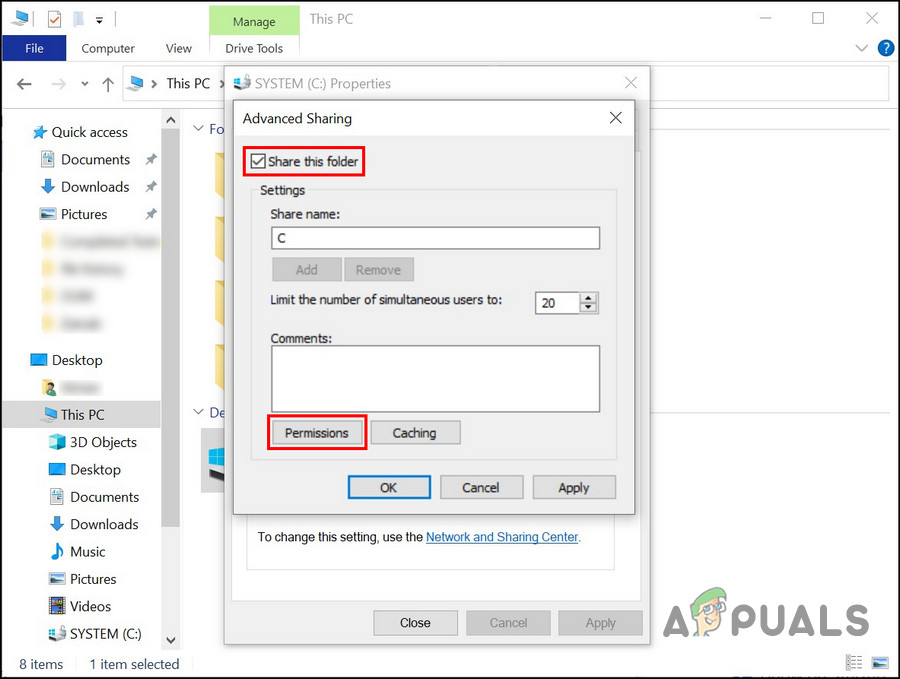
Click on the Permissions button - Now, head over to the Permissions for every section, and checkmark the box for the Full control option under Allow.
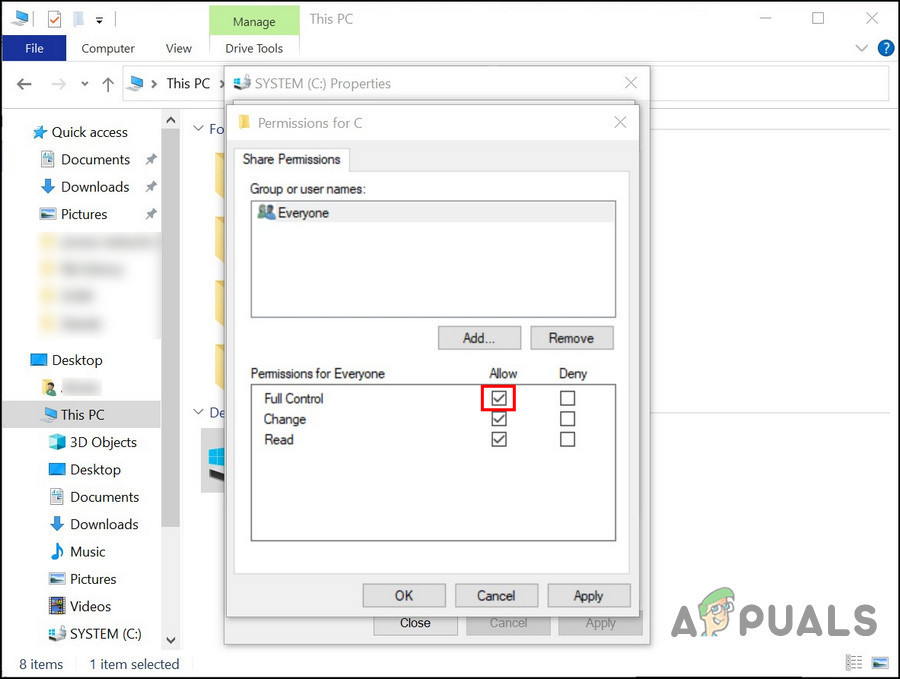
Provide full control - Alternatively, you can also add your user account to the permission list. For that, click the Add button in the same dialog and select the user account you want to use for transferring the files.
That is it. Once this is done, try resharing the targeted file and check if the network drive issue is resolved.
2. Ensure the IP Address Is Correct
Next, we recommend checking if the targeted computer’s IP address is entered correctly. There were instances where the users simply could not access the network drive because the IP address they entered was incorrect.
Here is how you can check this:
- Press Win + I to open the Windows Settings app if you use a WiFi connection.
- Head over to the Network & internet > Wi-Fi section.
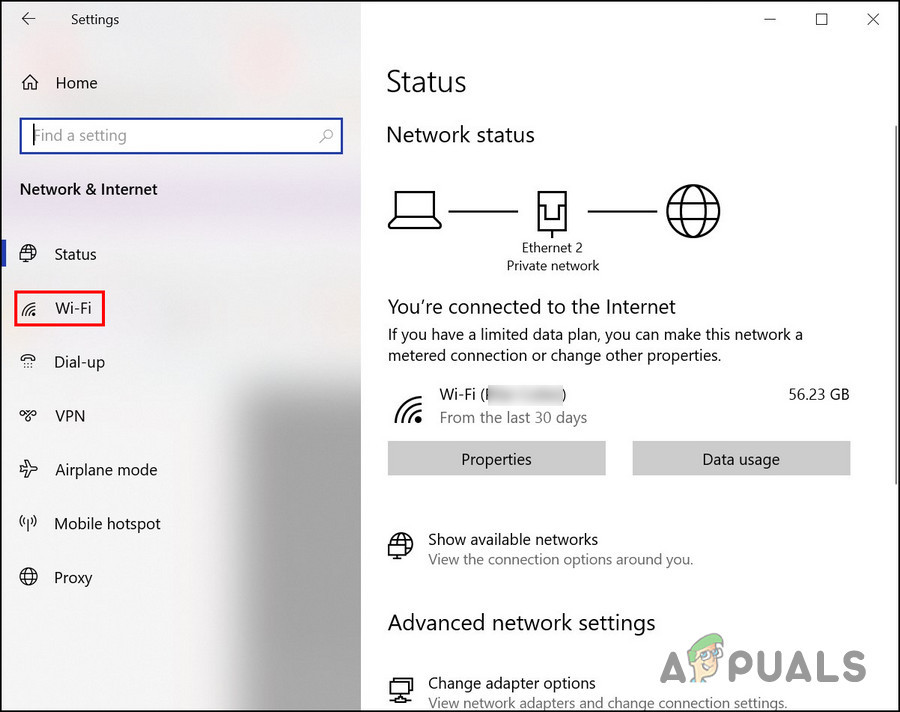
Access the WiFi settings - Choose the WiFi you are connected to.
- In the Properties dialog, check the IP address listed next to IPv4 address.
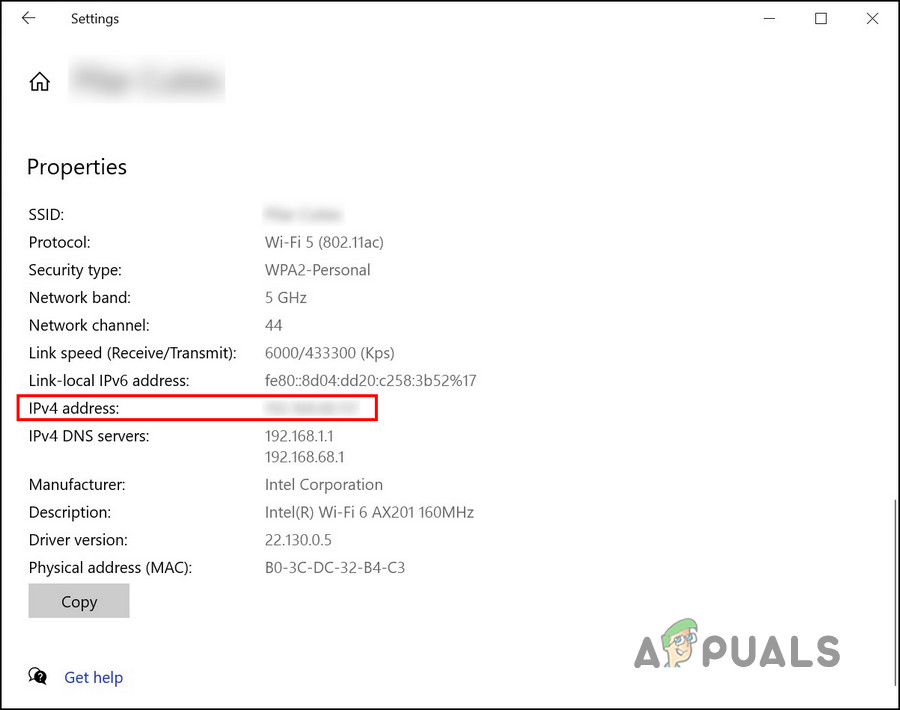
Check the IPV4 address - Launch the Settings app by pressing Win + I if you use an Ethernet connection.
- Navigate to Network & internet > Ethernet.
- In the Properties dialog, check the IP address listed next to IPv4 address.
If you are using the correct IP address, it implies that the error is caused by something else. In that case, move to the next method below.
3. Disable IPV6
Another user fix for the network drive issue was disabling the Internet Protocol Version 6 on their systems.
In the Internet Protocol, IPv6 (Internet Protocol version 6) is the sixth revision that replaces IPv4. Similar to IPv4, it gives Internet-enabled devices unique IP addresses to communicate with one another. While it works fine most of the time, it also has a reputation for causing issues like the one at hand.
Here is how you can disable it to fix the network drive issue:
- Type Control Panel in the Windows search.
- In the following window, click on the Network and Internet options.
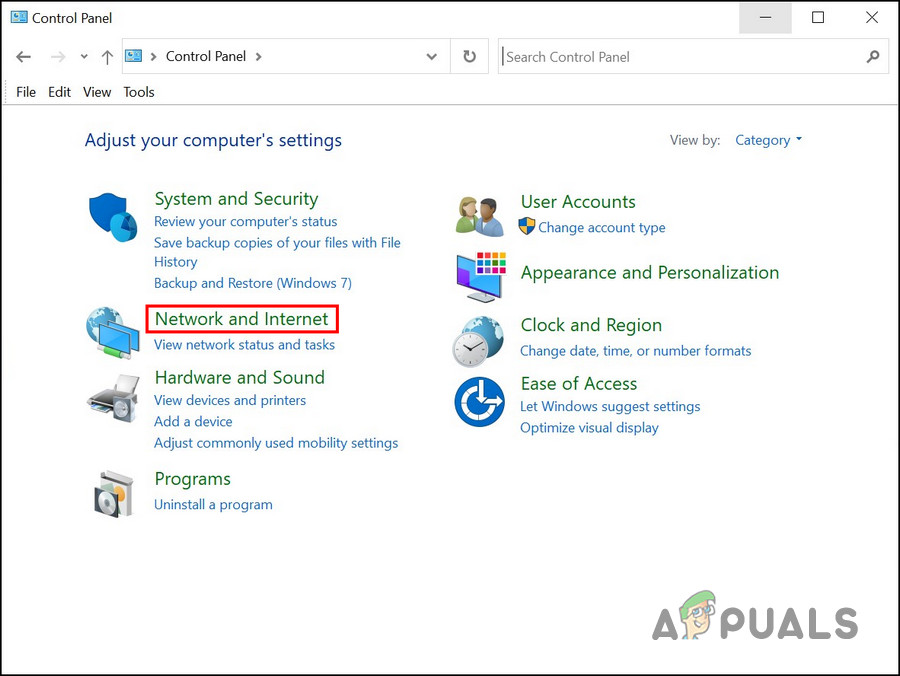
Access the Network and Internet settings - Navigate to the Network and Sharing Center and then choose Change adapter settings.
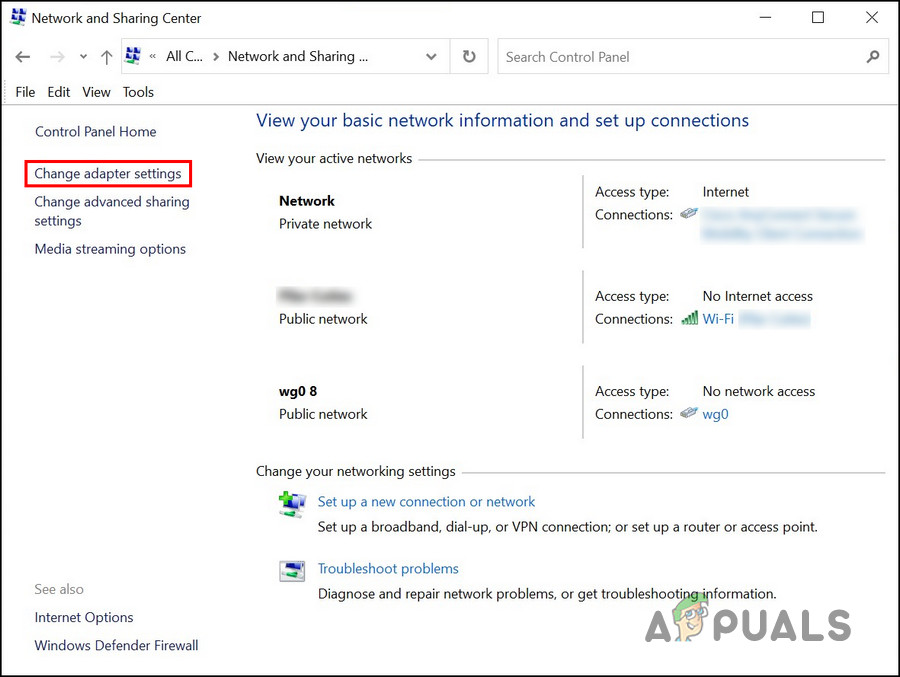
Modify the adapter settings - In the Network Connections window, double-click on the Wi-Fi network adapter.
- Choose Properties.
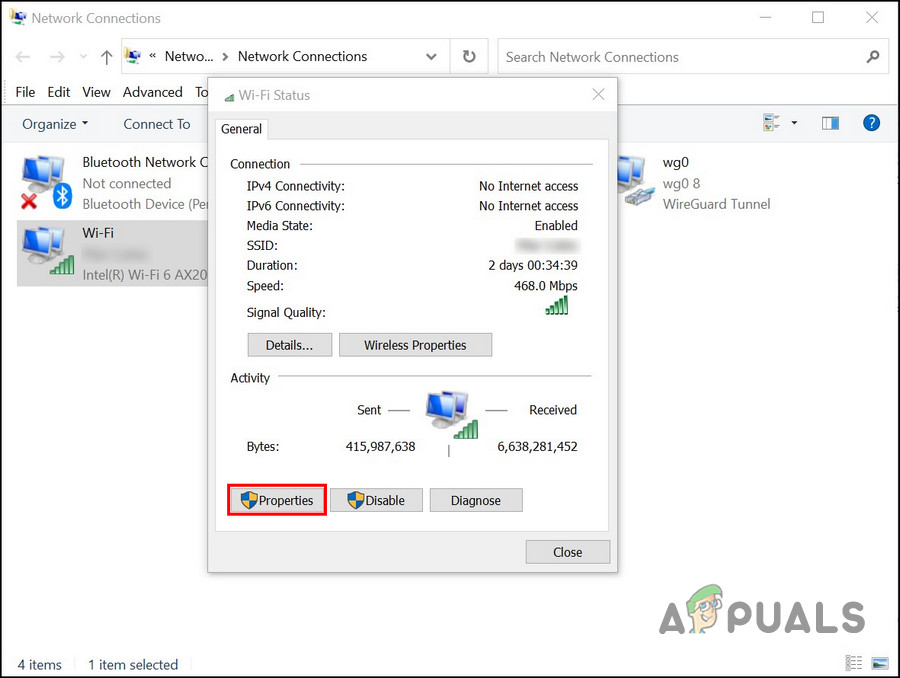
Click on the Properties button - In the Properties dialog, navigate to the Networking tab and locate the IPV6 option.
- Uncheck the box for it and click OK to save the changes.
Hopefully, this will fix the problem. We recommend that you enable the IPV6 option back after checking if disabling it fixes the issue.
4. Disable Password Protected Sharing
If you have enabled password-protected sharing on the network drive, then the network drive issue might also occur due to security reasons.
In that case, you can try disabling the password-protected sharing option and see if that fixes the problem.
Here is how you can disable the password-protected sharing option:
- Press Win + R to open a Run dialog.
- In the text field of the dialog, type ‘control.exe /name Microsoft.NetworkAndSharingCenter /page Advanced’ and click Open. This will launch the Advanced Sharing settings.
- Expand the All Networks section and enable the Turn on sharing option.
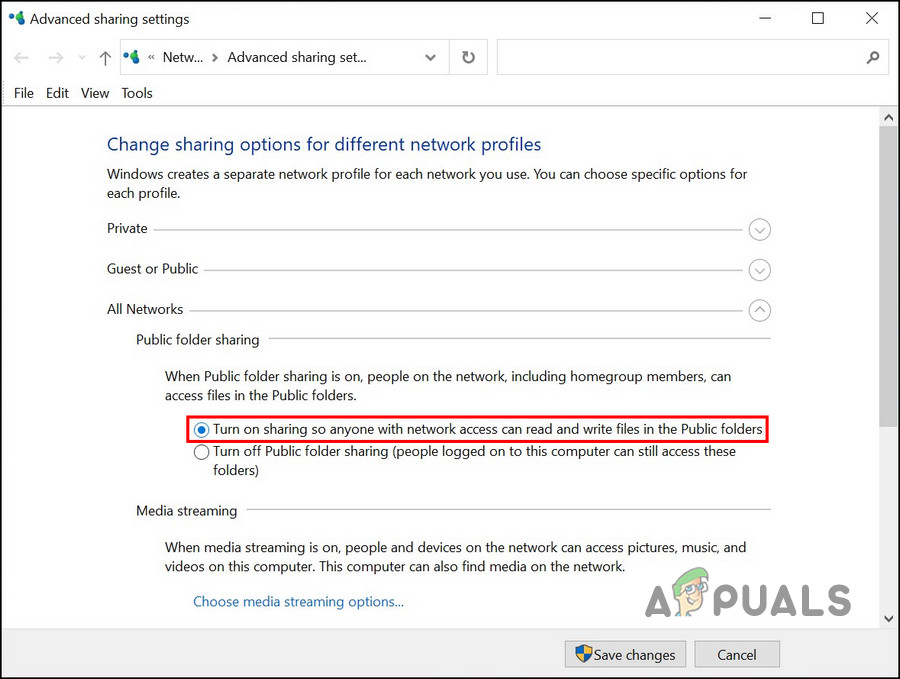
Enabling network sharing - Now, click on the Turn off password-protected sharing option under the Password protected sharing.
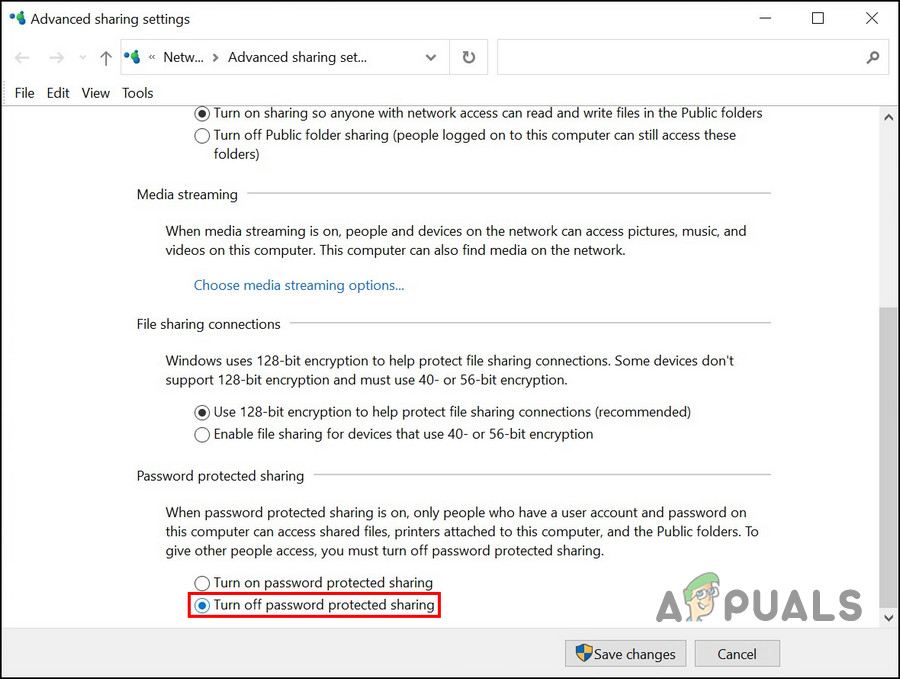
Disable password-protected sharing - Click on the Save changes button to proceed.
5. Enable File And Printer Settings
If your network profile does not allow you to share printers and files, you will also run into the issue.
Here is how you can enable file and printer settings:
- Press Win + R to open a Run dialog.
- In the text field of the dialog, type ‘control.exe /name Microsoft.NetworkAndSharingCenter /page Advanced’ and click Enter. This will launch the Advanced Sharing settings.
- Navigate to the File and printer sharing section and click on the Turn on file and printer sharing option.
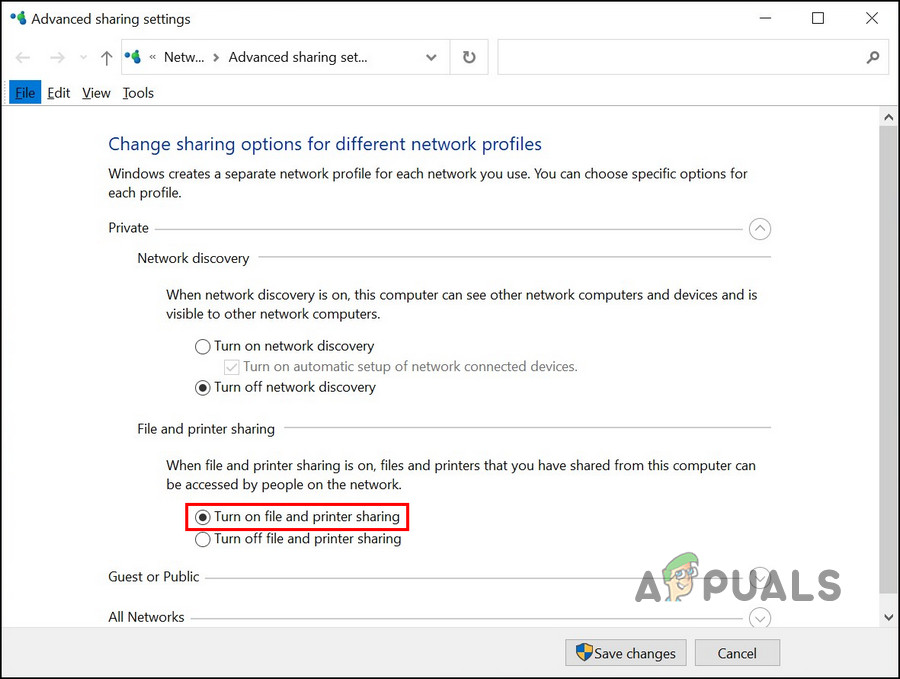
Enable file and printing sharing - Click Save and then check if the issue is resolved.
6. Enable the Relevant Services
As we mentioned earlier, the relevant services must also run properly for you to use the network-sharing service.
Here are the services related to the network drive sharing feature:
- Function Discovery Provider Host
- Function Discovery Resource Publication
- SSDP Discovery
- UPnP Device Host
- DHCP Client
- DCP Client
Follow these steps to enable these services:
- Press Win + R to open a Run dialog box.
- Type services.msc in the text field of the Run dialog and click Enter.
- In the services window, locate these services one by one and right-click them.
- Choose Properties from the context menu.
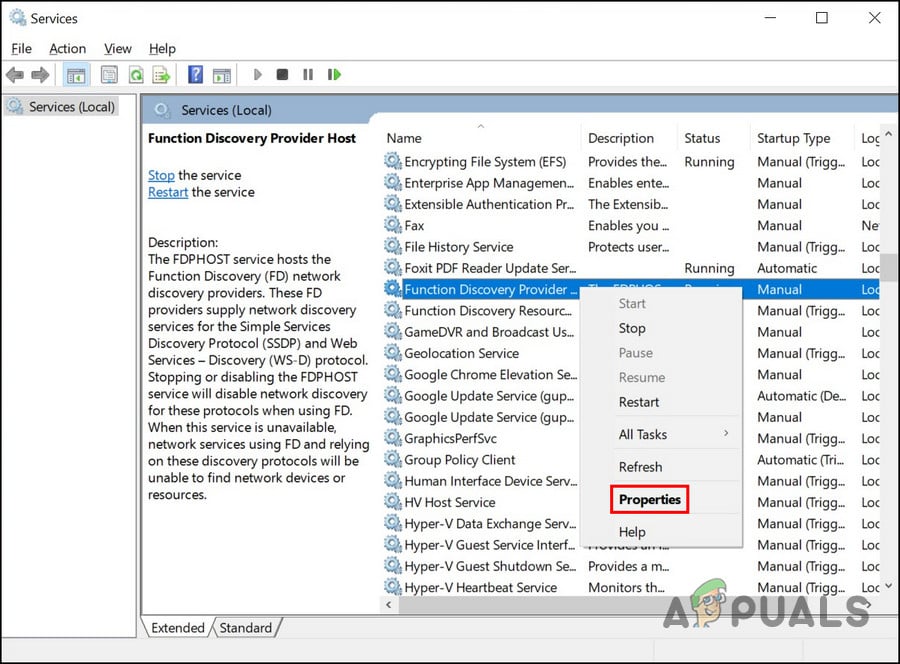
Access the properties of the Function Discovery Provider service - In the following dialog, click on the Start button.
- If the service is already running, click on the Stop button and then hit Start again.
You can now close the Services window and check if the network drive issue is resolved.





